Bearacreative/iStock.
This is according to a press release by the University of Waterloo published on Monday.


In an era of growing digitalisation, data centers have emerged as the fundamental support of our technological framework. However, worries persist over the ecological effects due to their swift growth and power-demanding activities. These data centers rank among the planet’s most energy-intensive establishments, drawing substantial electricity to fuel servers, cooling mechanisms, and auxiliary apparatus vital for their operations. Such elevated energy usage significantly affects the environment by adding to greenhouse gas discharges and ushering climate change.
The AI Power Consumption Challenge
The growing surge of AI (Artificial Intelligence) in recent years has been a remarkable and transformative phenomenon. However, AI models and algorithms are highly resource-intensive and consume significant amounts of power. Training AI models involve massive computational workloads, often requiring specialised hardware accelerators like GPUs, which consume substantial energy. This power consumption is a major concern when it comes to making data centers greener.
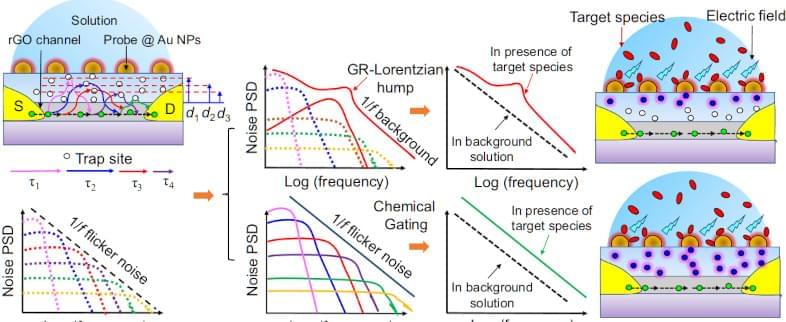
If you live in a place where you can buy Arduinos and Raspberry Pis locally, you probably don’t spend much time worrying about your water supply. But in some parts of the world, it is nothing to take for granted, bad water accounts for as many as 500,000 deaths worldwide every year. Scientists have reported a graphene sensor they say costs a buck and can detect dangerous bacteria and heavy metals in drinking water.
The sensor uses a GFET — a graphene-based field effect transistor to detect lead, mercury, and E. coli bacteria. Interestingly, the FETs transfer characteristic changes based on what is is exposed to. We were, frankly, a bit surprised that this is repeatable enough to give you useful data. But apparently, it is especially when you use a neural network to interpret the results.
What’s more, there is the possibility the device could find other contaminants like pesticides. While the materials in the sensor might have cost a dollar, it sounds like you’d need a big equipment budget to reproduce these. There are silicon wafers, spin coating, oxygen plasma, and lithography. Not something you’ll whip up in the garage this weekend.

NIH-funded study suggests reducing exposure to airborne particulates may decrease dementia risk.
Higher rates of new cases of dementia in a population over time — known as incident dementia — are linked to long-term exposure to fine particulate matter (PM2.5) air pollution, especially from agriculture and open fires, according to a study funded by the National Institutes of Health and published in JAMA Internal Medicine. Scientists found that 15% of older adults developed incident dementia during the average follow-up of 10 years.
“As we experience the effects of air pollution from wildfires and other emissions locally and internationally, these findings contribute to the strong evidence needed to best inform health and policy decisions,” said Richard J. Hodes, M.D., director, National Institute on Aging (NIA), part of NIH. “These results are an example of effectively using federally funded research data to help address critical health risks.”
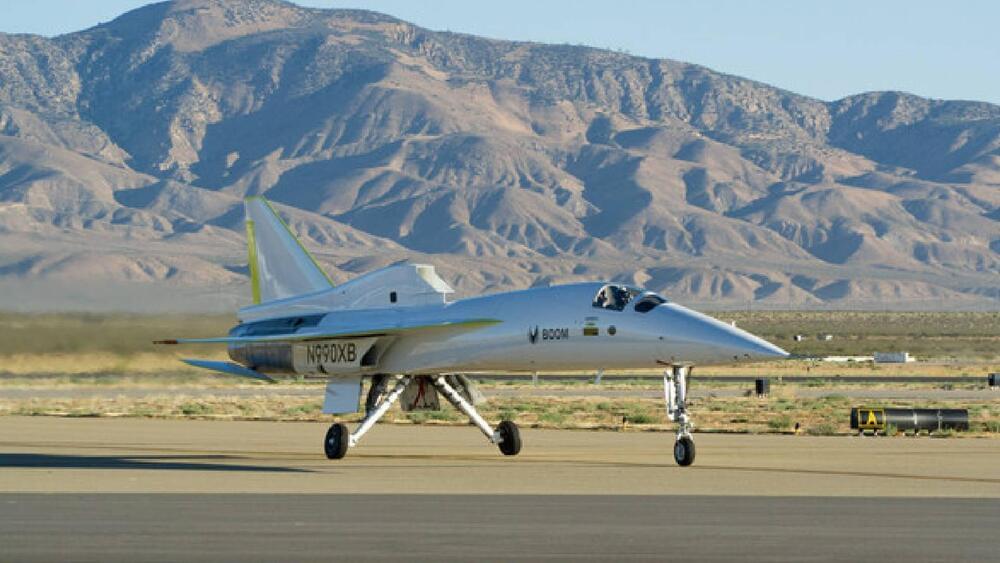
Aviation company Boom Supersonic has undertaken a gargantuan task: it is building XB-1, the world’s first independently developed supersonic jet. The new airline will support next-generation aviation technology such as “carbon fiber composites, advanced avionics, and digitally-optimized aerodynamics to enable sustainable supersonic travel.”
This is according to a press release by the firm published on Thursday.
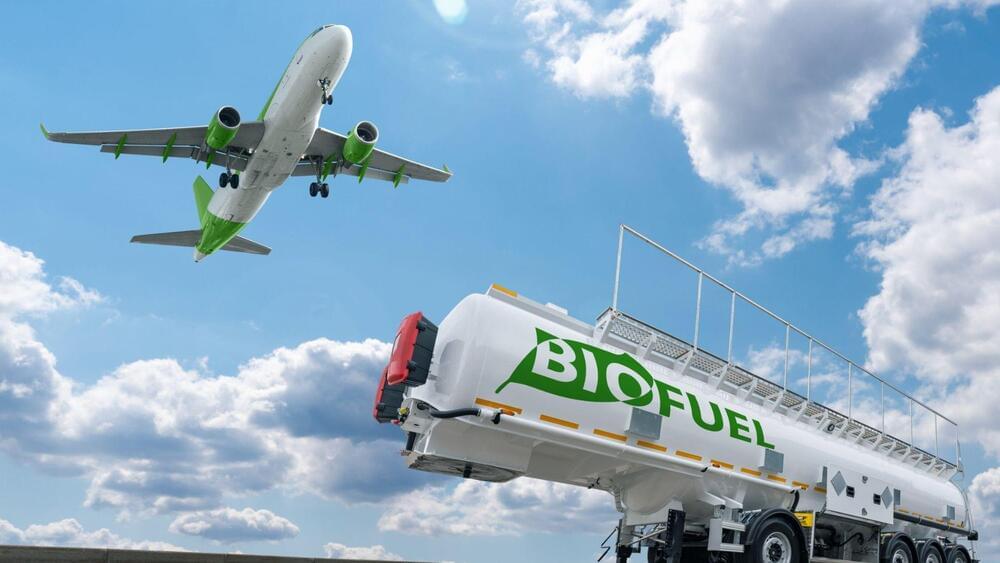
Nature is the ultimate quantum computer.
A team of researchers is designing novel systems to capture water vapor in the air and turn it into liquid.
University of Waterloo professor Michael Tam and his Ph.D. students Yi Wang and Weinan Zhao have developed sponges or membranes with a large surface area that continually capture moisture from their surrounding environment. In the journal Nature Water Tam and his team discuss several promising new water collection and purification technologies.
Traditionally, fresh water for consumption is collected from rivers, lakes, groundwater, and oceans (with treatment). The current technologies Dr. Tam is developing are inspired by nature to harvest water from alternative sources as the world is facing a serious challenge with freshwater scarcity.

Though these picojets may be small and last no more than 60 seconds, as Chitta pointed out, they are still powerful in their own right.
“The ‘pico’ prefix refers to the energy scale of the jet. The picoflare jets that we discovered are a trillion times energetically weaker compared to large X-class flares,” he said, X-class flares being the sun’s most powerful explosive outflows.
“Still,” he continued, “the energy content of a single picoflare jet that lives for about 1 minute is equal to the average power consumed by about 10,000 households in the UK over an entire year.”
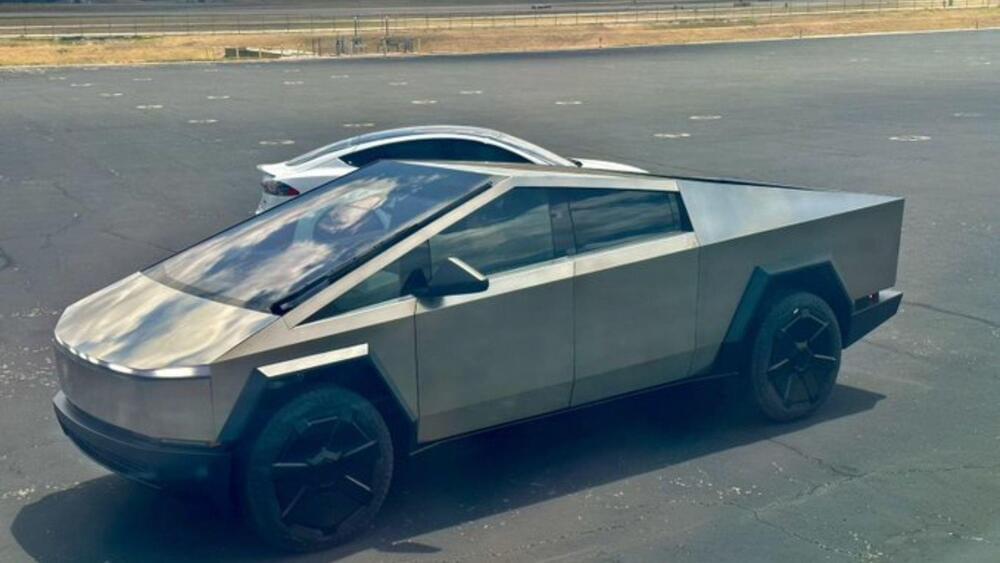
The Tesla CEO keeps pushing his employees to achieve more, sometimes even the impossible.
Elon Musk allegedly asked Tesla employees to ensure that Cybertruck production achieves single-digit micron tolerance, much like Lego or even soda cans are made with. This instruction was sent to employees in an email, which was later leaked, Electrek.
The Cybertruck is Tesla’s most awaited electric vehicle, running several years behind schedule and expected to begin deliveries by the end of this quarter. The vehicle’s iconic shape piqued many potential buyers’ interest when unveiled in 2019.
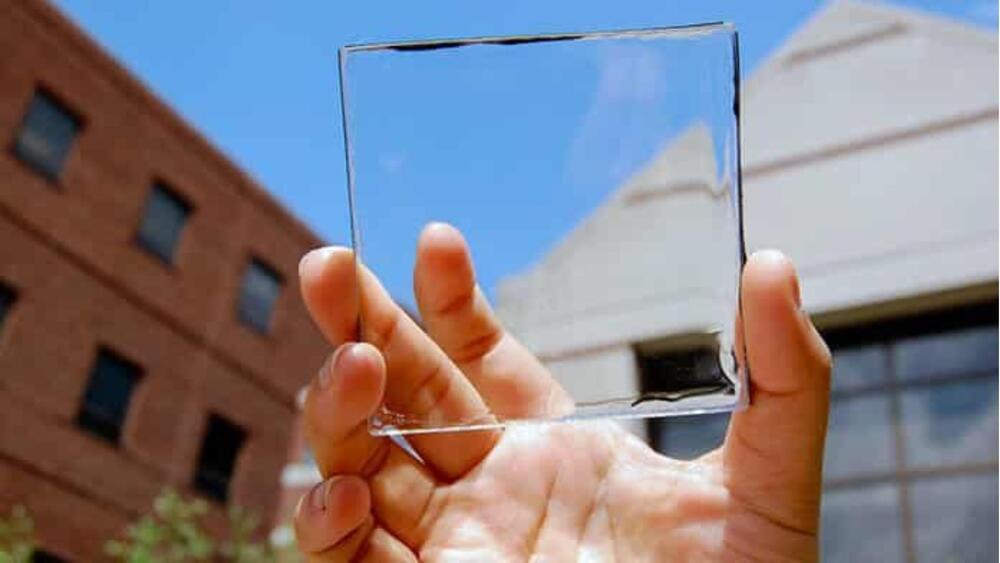
Transparent solar windows are not only generating news as demonstration projects—many have already been set up. On the list of installations for UE Power are its own offices in Redwood City, California, at the R&D facility of its partner in Northwood, Ohio, a commercial office building in Boulder, Colorado, and in Tokyo, Japan. In addition, it has an installation at Michigan State University. UbiQD also claims to have installations in multiple U.S. states, which include a Holiday Inn hotel, its own headquarters in Los Alamos, and the Department of Energy’s National Renewable Energy Laboratory (NREL) in Golden, Colorado.
What’s the premium for transparency?
UbiQD’s product isn’t commercially available yet, but McDaniel expects the premium for transparent solar power to be not more than 30 percent over ordinary windows. He said that “Traditional solar cells are not sold at a cost per watt, not based on area, like windows. The additional window cost, per watt, is similar to utility-scale solar. We have a similar payback time to traditional solar [before incentives].”